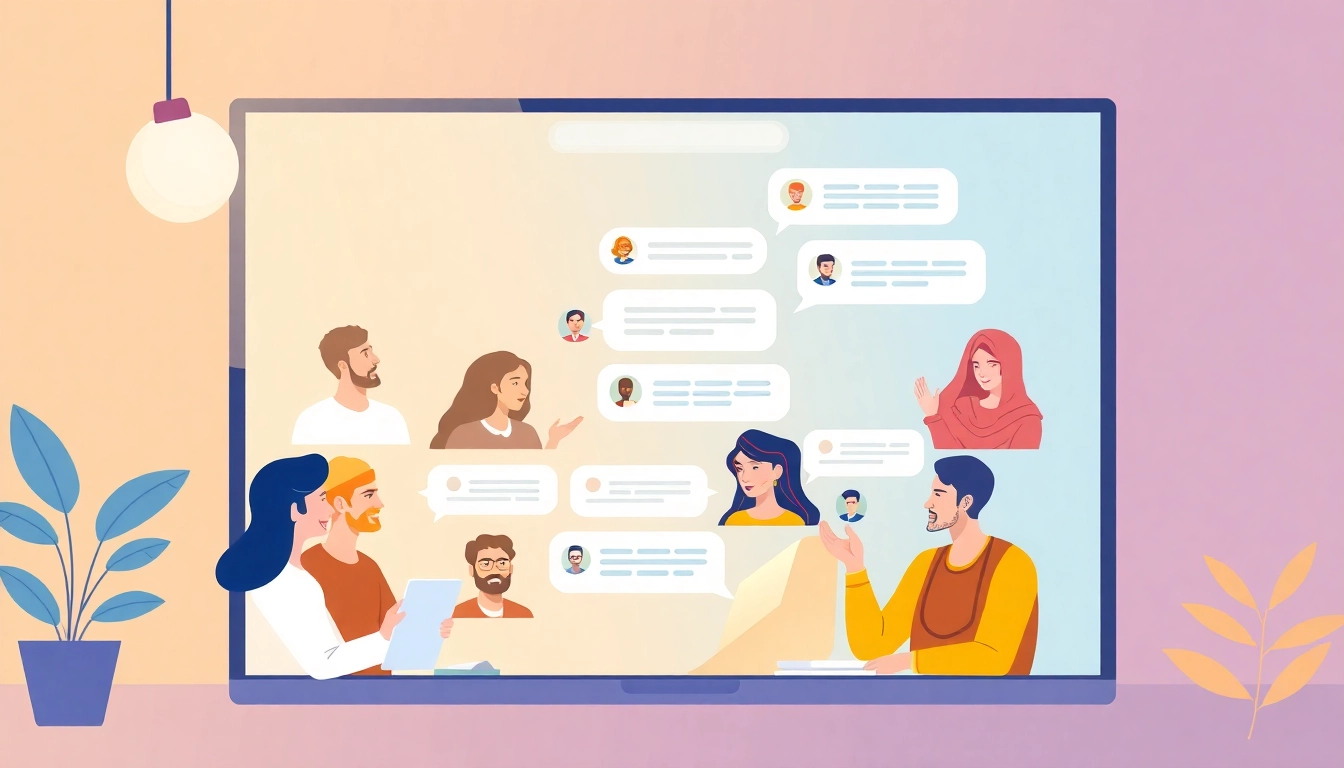Understanding Funnels for Clubs and Organizations
The Concept of a Marketing Funnel
At its core, a marketing funnel is a model that depicts the journey potential members take from their initial awareness of an organization to their eventual commitment and active participation. This journey can be visualized as a funnel because it starts wide, capturing a large number of prospects at the top, and gradually narrows down, as individuals move through various stages, leading to membership or deeper involvement. This conversion process is crucial, especially for clubs and organizations aiming to grow their membership and enhance community engagement. By understanding and implementing effective Funnels for clubs and organizations, groups can guide potential members seamlessly through each stage of this funnel, optimizing their chances for conversion.
Importance of Funnels for Clubs and Organizations
For clubs and organizations, funnels serve several vital functions. Firstly, they provide clarity on the member journey. Understanding each stage allows organizations to create targeted marketing strategies appropriate for where each prospect sits in their journey. Secondly, funnels enable better resource allocation; by knowing where to focus marketing efforts, organizations can spend their time and budget more effectively. Lastly, having a funnel in place allows for measuring and analyzing the effectiveness of different strategies used, offering leverage for continuous improvement.
Stages of a Typical Funnel
A typical marketing funnel can be broken down into several key stages: Awareness, Interest, Consideration, and Action, followed by Retention. Each of these stages represents a different level of engagement and commitment.
- Awareness: Potential members learn about the organization.
- Interest: Individuals start showing interest by seeking more information.
- Consideration: Prospects evaluate the benefits of membership and contemplate joining.
- Action: This stage involves the actual conversion, where a user takes action, such as signing up.
- Retention: It’s not enough to only recruit – organizations must also focus on keeping their members engaged over the long term.
Building Your First Funnel
Defining Your Target Audience
The first step to building an effective funnel is identifying your target audience. This involves conducting thorough research to gather demographic data and understanding the interests, needs, and concerns of potential members. Whether your organization is community-focused or centered on a specific hobby or profession, knowing who you wish to attract is critical in ensuring that your messaging and tactics resonate with them.
Choosing the Right Tools and Platforms
In this digital age, a plethora of tools and platforms are available to facilitate the funnel process. Consider platforms that cater specifically to the needs of membership organizations, such as customer relationship management (CRM) systems, email marketing services, and social media management tools. It’s important to select tools that not only align with your budget but also effectively support each stage of your funnel.
Mapping Out the Funnel Stages
Once you have defined your audience and selected appropriate tools, the next step is to map out the stages of your funnel. Begin by outlining content types and strategies applicable for each stage. This could include engaging blog posts or social media posts for the Awareness stage, informative newsletters for the Interest stage, and personalized outreach for the Consideration and Action stages. By clearly mapping out these elements, you create a cohesive strategy that addresses the specific needs and questions of your potential members as they navigate through your funnel.
Strategies for Each Funnel Stage
Creating Awareness and Interest
The top of the funnel is where awareness is generated. Here are strategies to effectively create interest:
- Content Marketing: Use blogs, videos, or podcasts to share useful information related to your organization’s mission.
- Social Media Engagement: Utilize various platforms to connect with your audience, share stories, and encourage interaction.
- Community Events: Host local events or webinars to showcase your organization’s value.
Promoting Engagement and Connection
Once you’ve captured your audience’s interest, it’s important to engage them further. Here are a few tactics:
- Email Campaigns: Send tailored emails that provide further insight into members’ benefits and opportunities for involvement.
- Surveys and Questionnaires: Engage prospects by asking for their opinions, thereby nurturing a sense of community.
- Interactive Content: Use quizzes and polls that require participation, drawing prospects deeper into your organizational narrative.
Encouraging Commitment and Membership
This stage focuses on converting prospects into members. Effective strategies include:
- Clear Membership Benefits: Clearly articulate the benefits of joining – whether they be networking opportunities, exclusive events, or resources.
- Prompt Follow-Up: After a prospect expresses interest, follow up promptly to nurture their commitment.
- Offer Incentives: Consider offering limited-time discounts or bonuses for early membership sign-ups.
Measuring Success and Making Adjustments
Key Performance Indicators for Your Funnel
To determine the effectiveness of your funnel, establish Key Performance Indicators (KPIs) that reflect your organization’s goals. Common KPIs include:
- Conversion Rates: The percentage of prospects who become members.
- Engagement Metrics: Analyzing how members interact with your content, such as email open rates or event attendance.
- Feedback Scores: Assessing member satisfaction through surveys can give insights into areas for improvement.
Analyzing User Behavior and Feedback
Utilizing analytical tools to evaluate user behavior is vital. Look at metrics such as website traffic, social media activity, and email engagement rates to determine how effectively your funnel is functioning. Also, compile feedback from current members about their experiences and sentiments regarding the membership process. This feedback is invaluable for obtaining insights into what’s working and what may need adjustments.
Iterative Improvements for Better Conversion
Once performance has been evaluated, make iterative improvements to your funnel. This could involve modifying your messaging, tweaking the timing of outreach, or even reconsidering which platforms you utilize. The key here is to remain flexible and responsive to data insights continuously, ensuring your funnel effectively meets prospect needs.
Case Studies and Success Stories
Successful Funnels Implemented by Clubs
Examining real-life examples can provide valuable insights into effective funnel strategies. For instance, a local hiking club may have experienced success by hosting beginner hiking events, which not only generated awareness of their group but directly engaged attendees—many of whom subsequently became members. Their funnel capitalized on a community event format that drew potential members in while showcasing the club’s camaraderie and adventure opportunities.
Lessons Learned from Failed Funnels
Not all funnels work perfectly, and failures offer critical lessons. Some organizations may have leveraged overly complex digital platforms that confused prospects rather than guided them. It is essential to ensure that communications are clear and that each stage of the funnel is straightforward and accessible.
Best Practices for Continuous Growth
Ultimately, the best growth strategies mix proactive development and reactive adjustments addressing feedback and performance data. Regularly revisit and assess the effectiveness of every component. Foster a culture within your organization where testing new strategies and gathering insights can unveil further opportunities for improving member engagement and retention.



